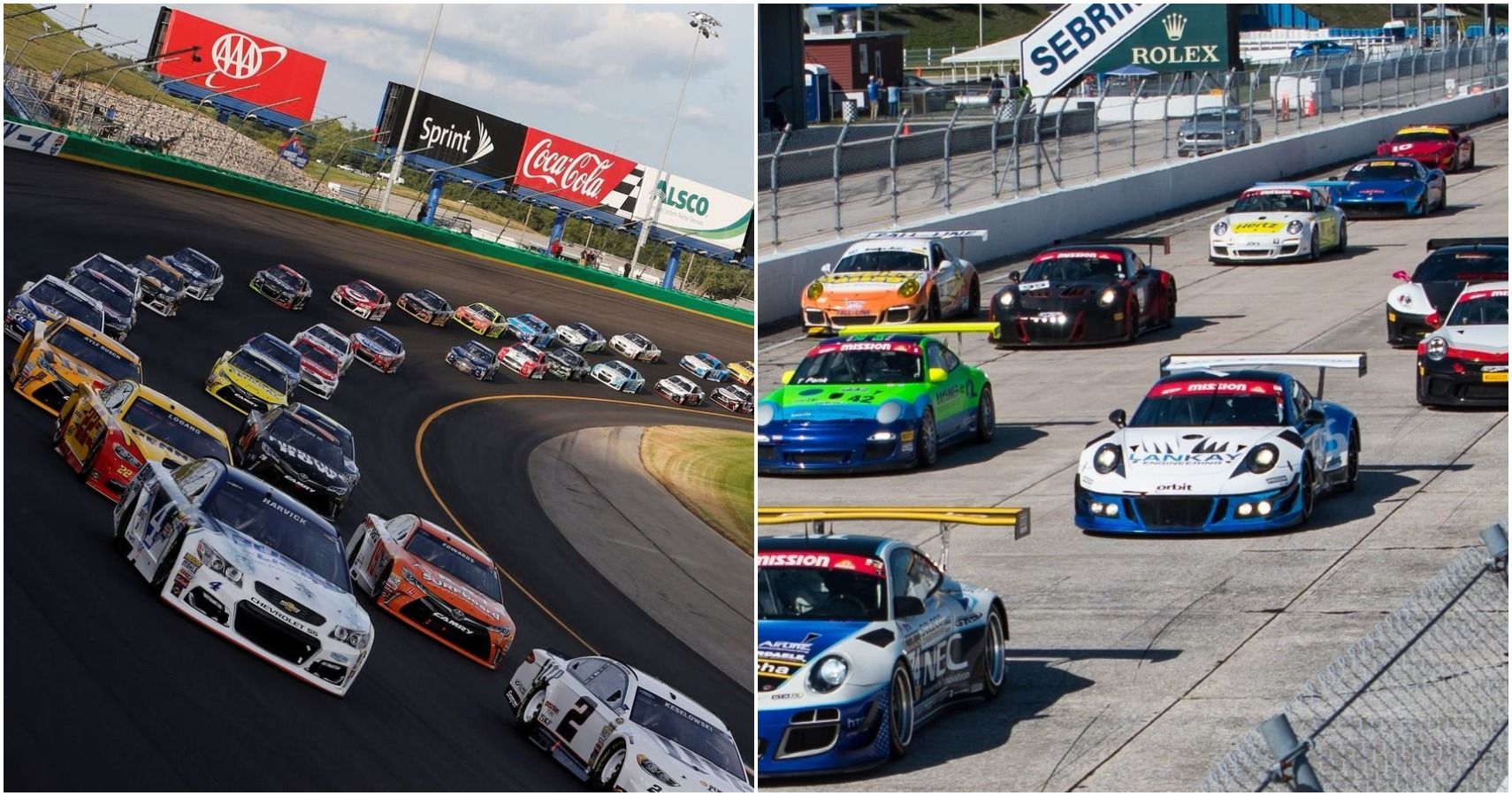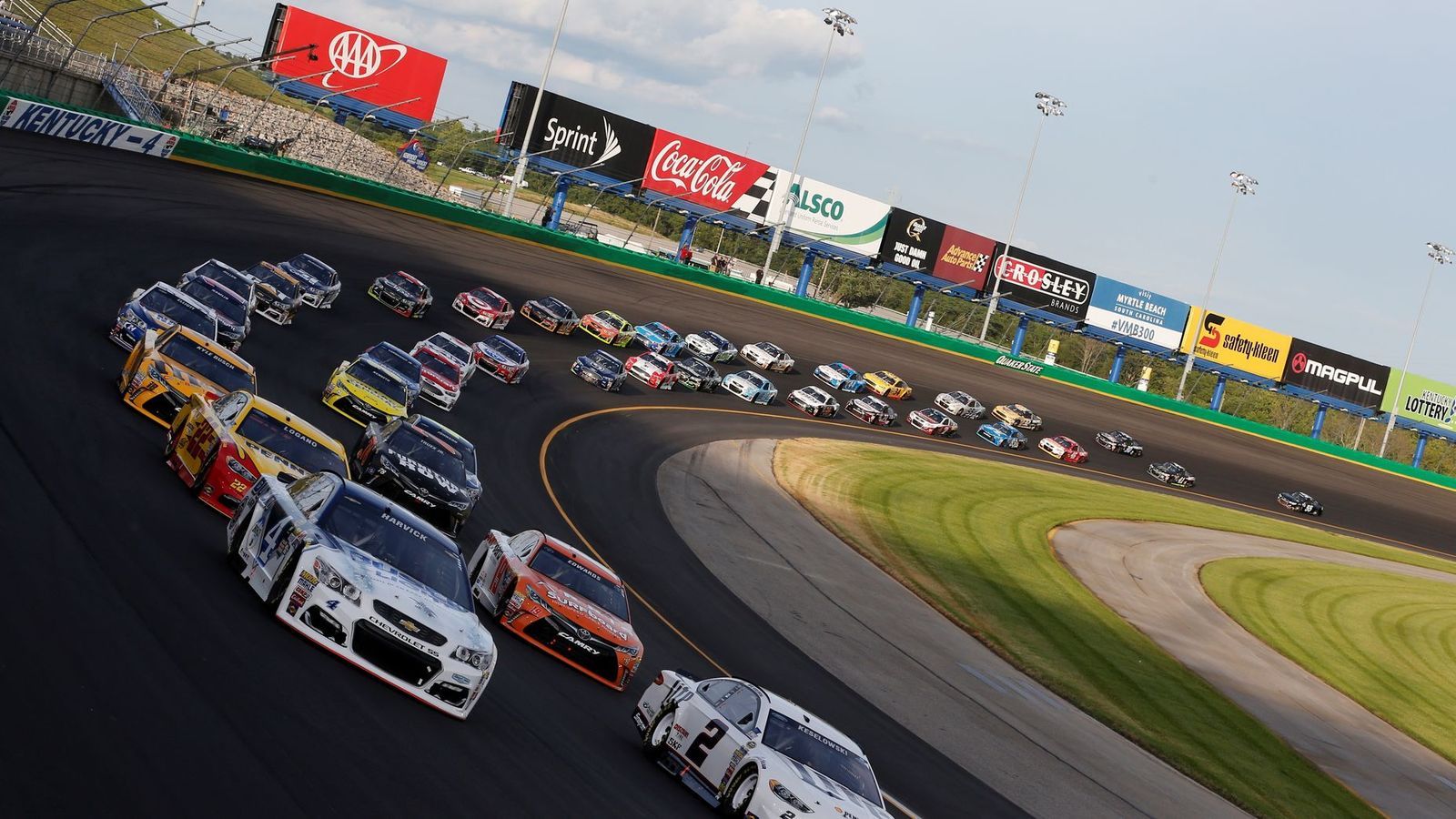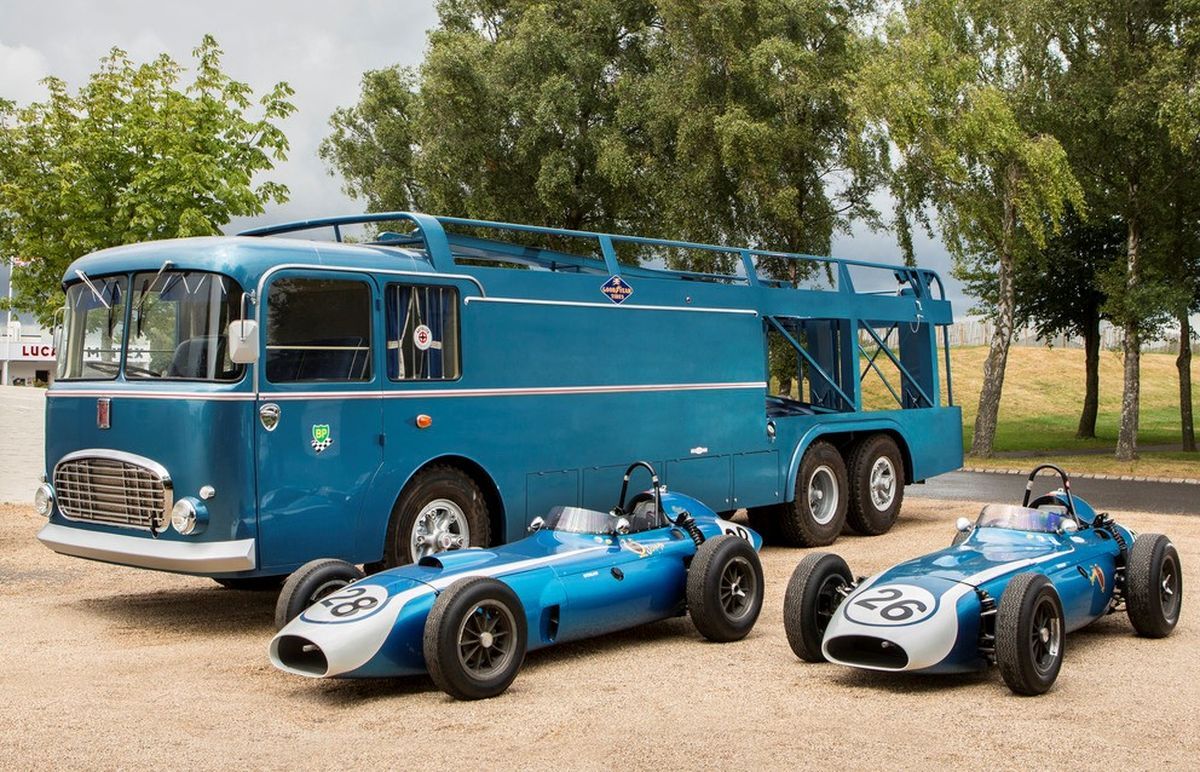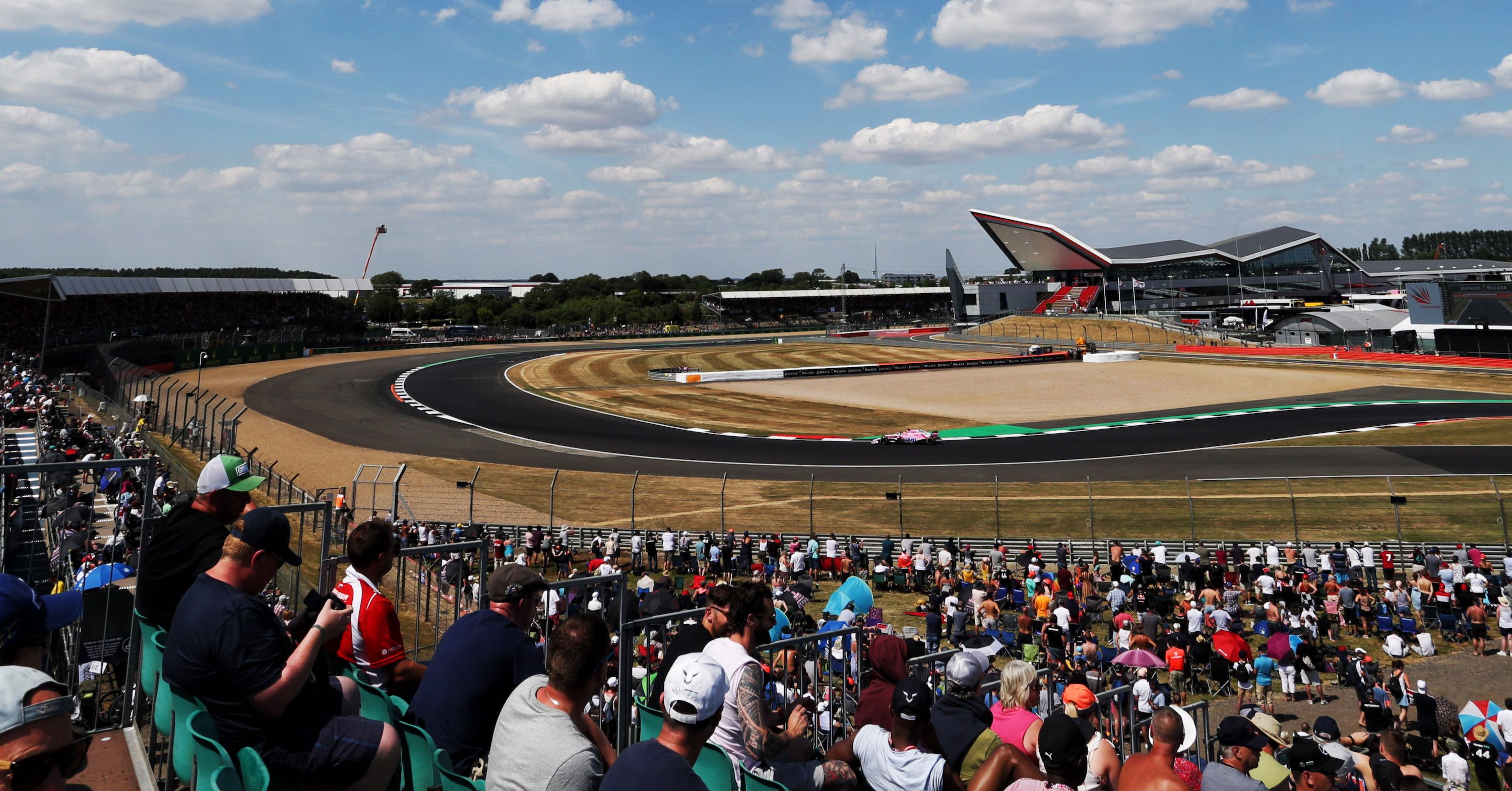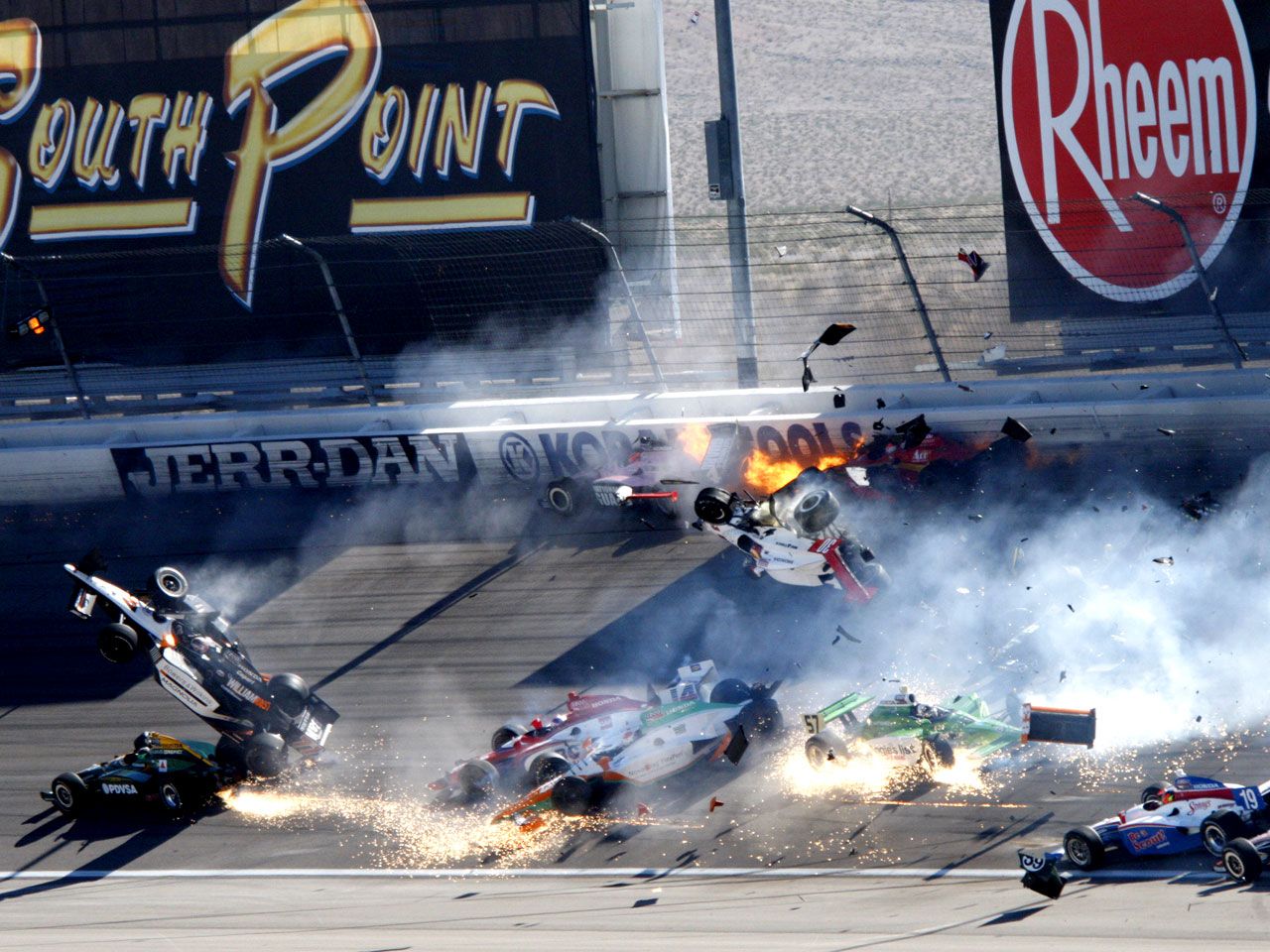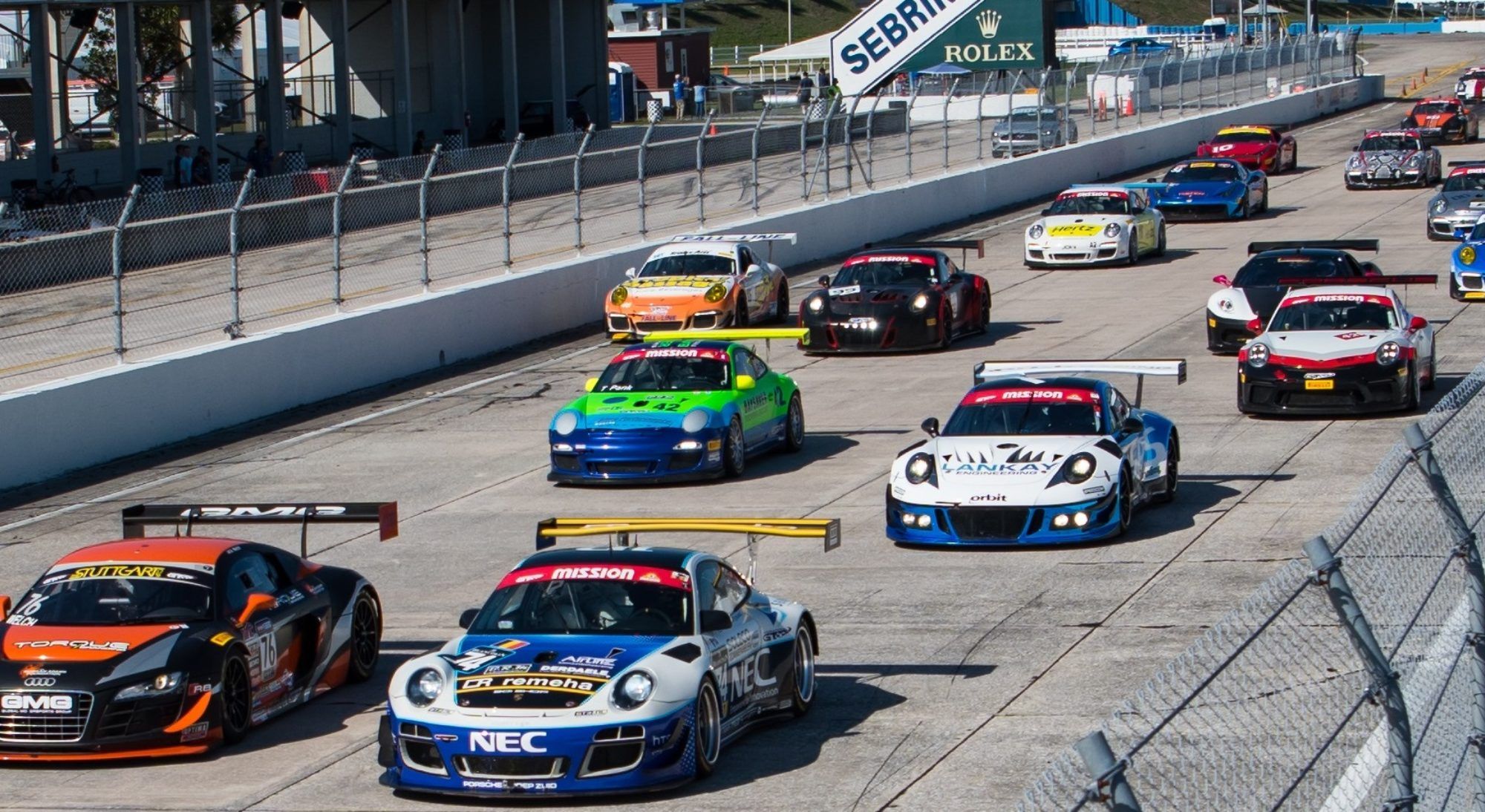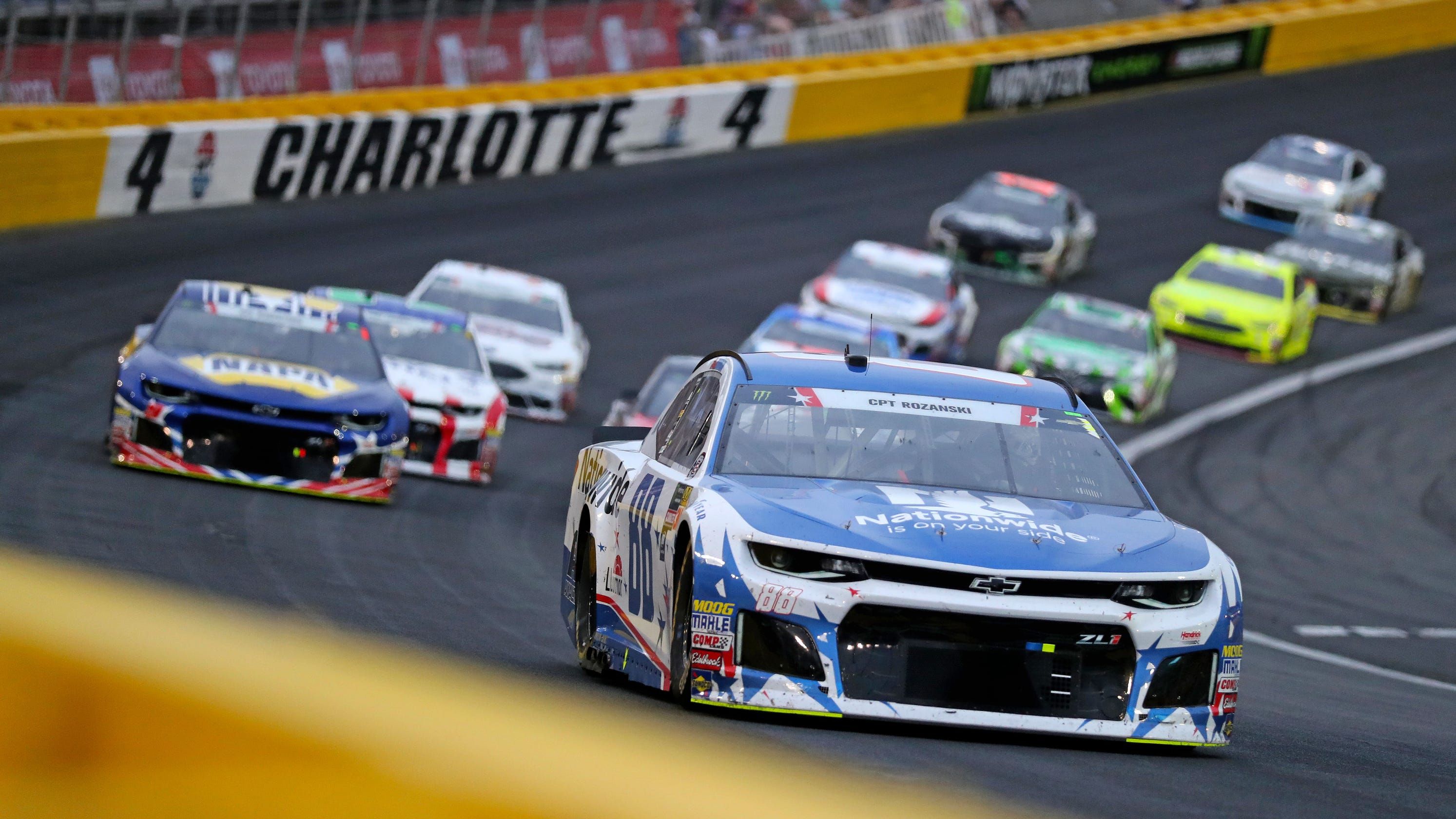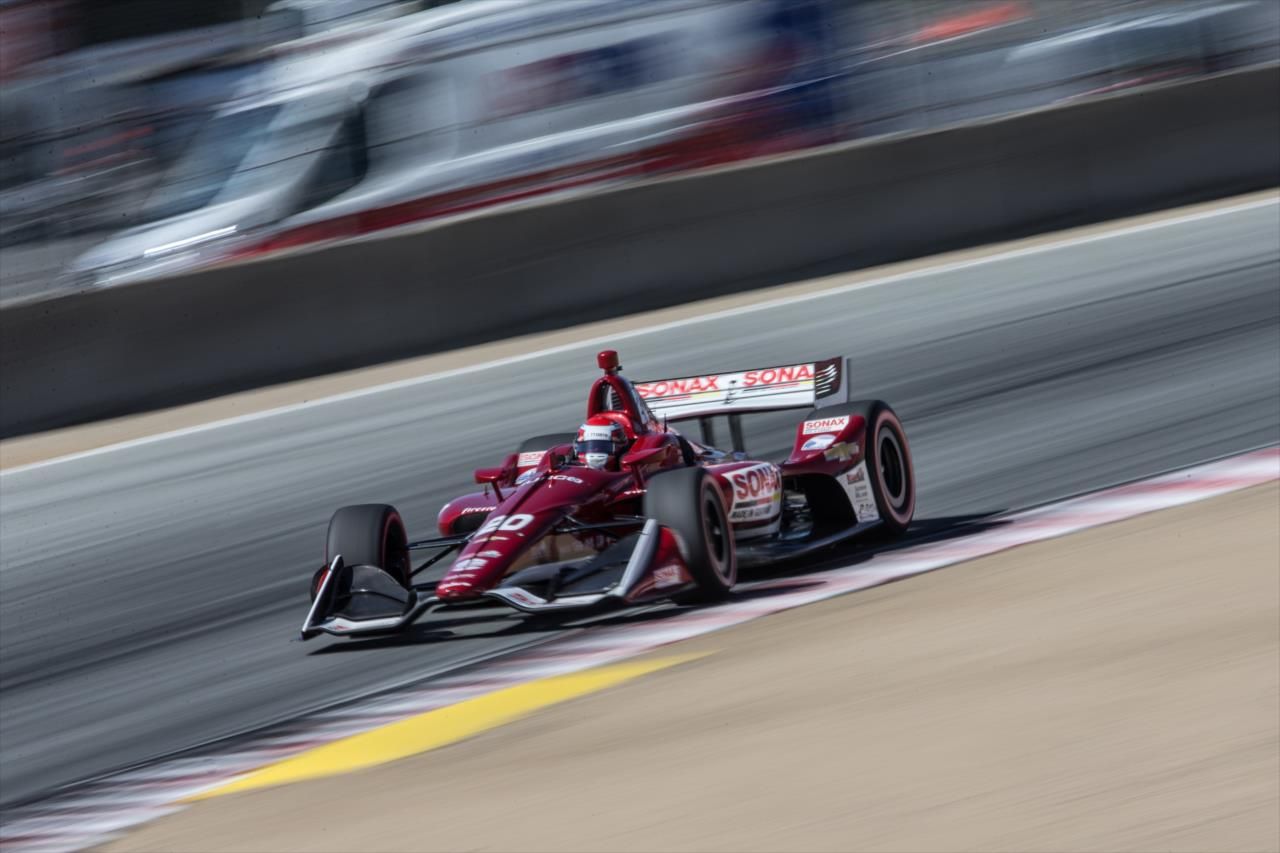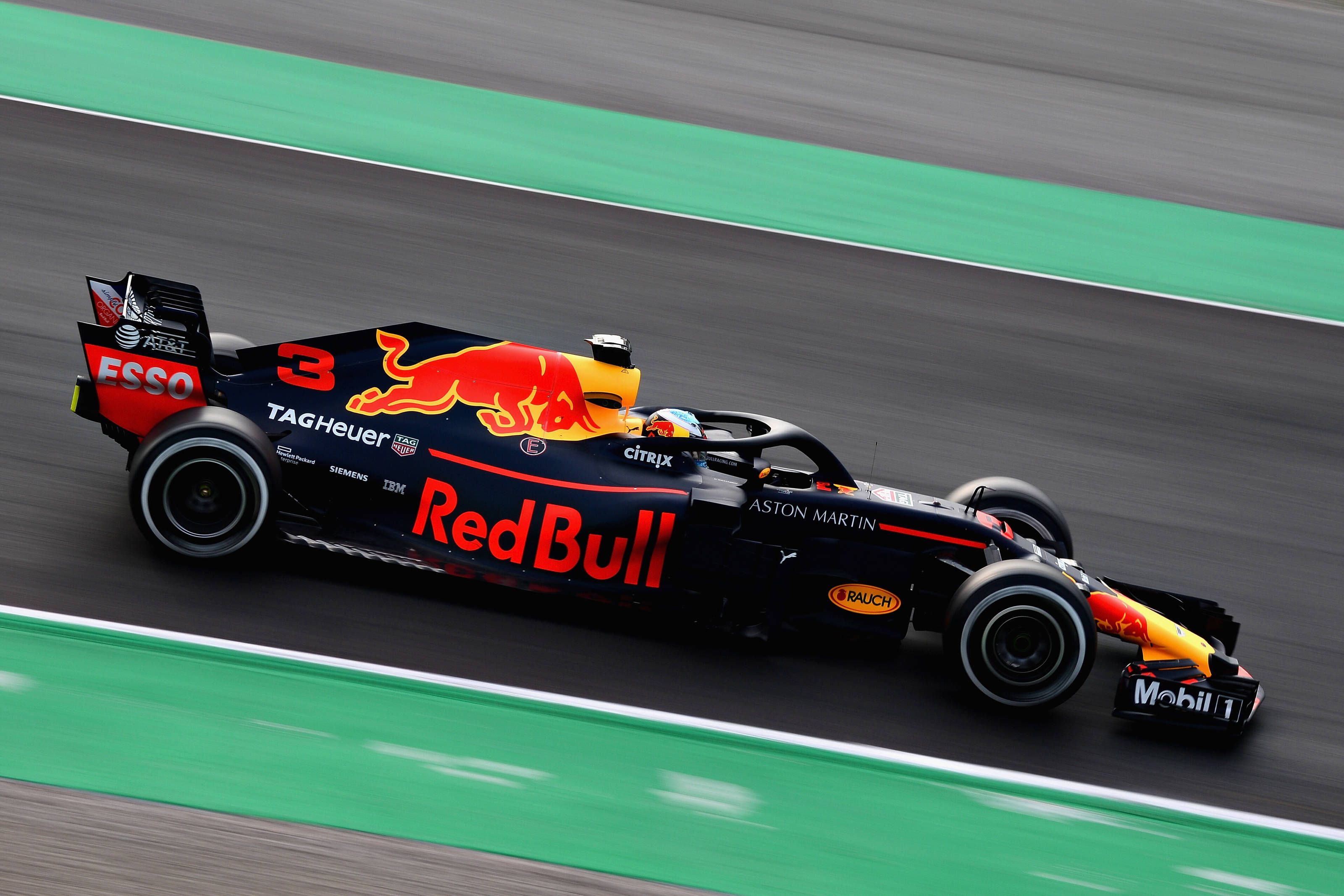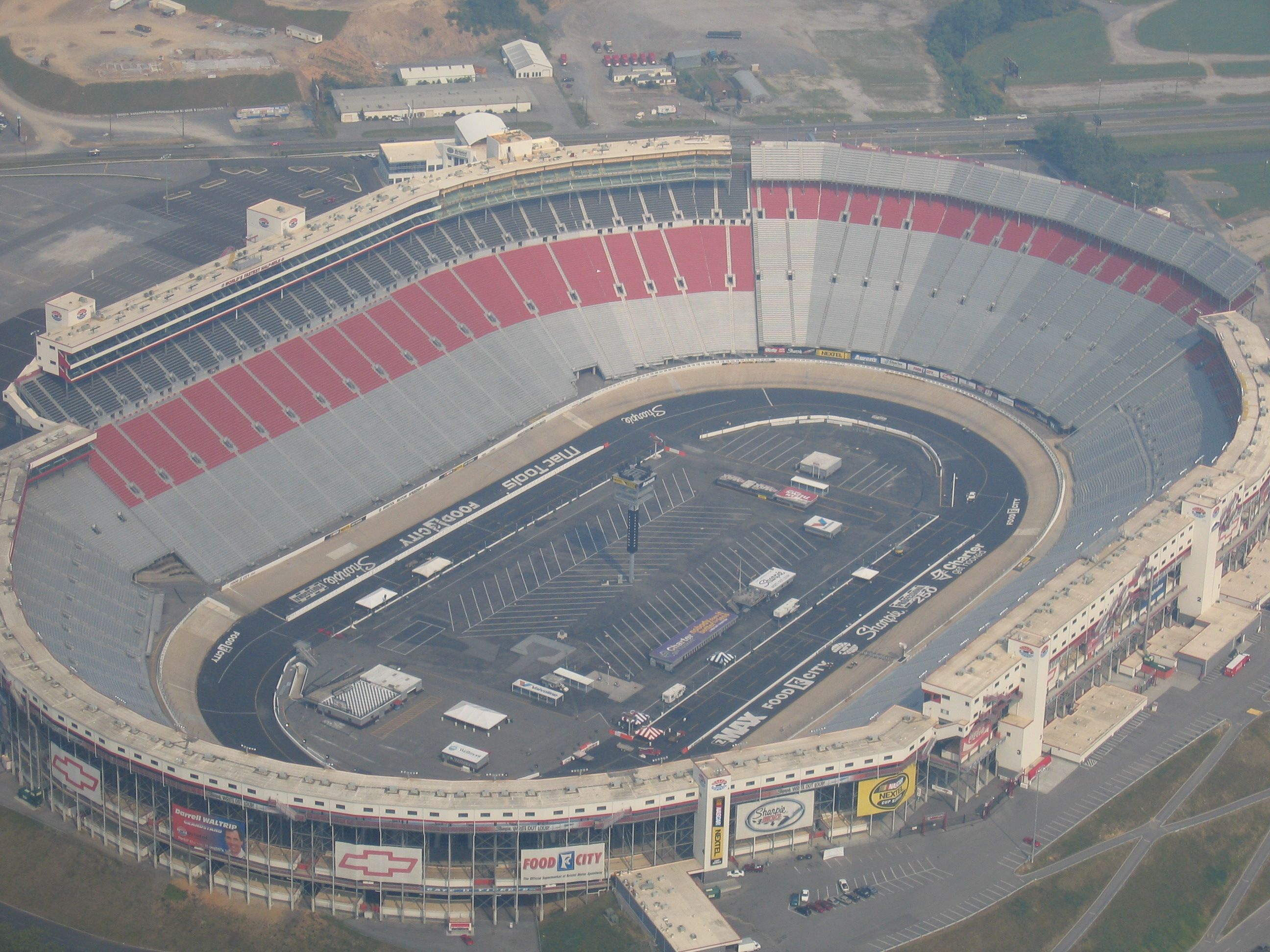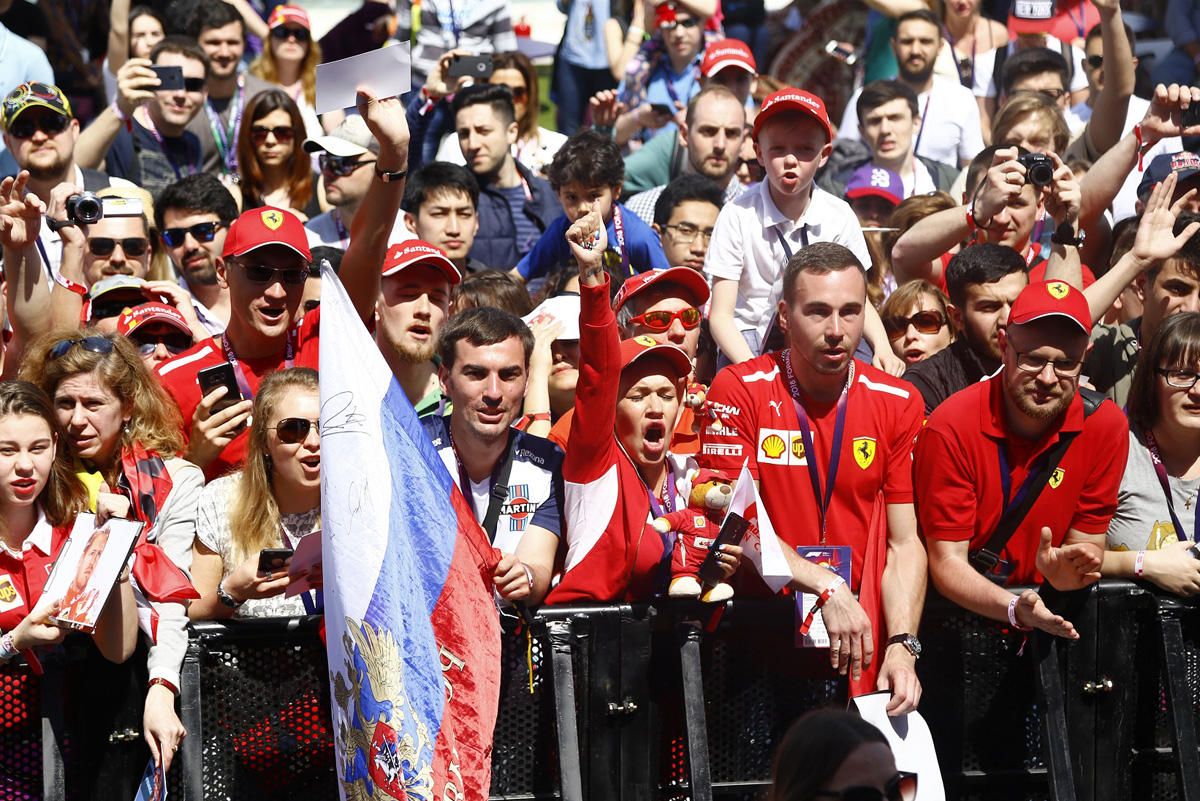As motor sports currently stands, there is no better time to be a racer than today. With the increased number of racing series, venues, and budgets, racing has become much more popular and much safer as a result. However, not everything in racing is the same.
In fact, there is still quite a large divide between racing fans/drivers as to which format is better: Oval or roads/circuits. It isn't our part to decide for you which is better, although, we can point out their important characteristics. For instance, here are some of the key differences between the world's most popular racing formats, ovals and circuits.
10 Engineering
If it isn't obvious upon first glance, you will find that the engineering in oval tracks and road courses are very dissimilar. Modern day oval tracks represent more of a football stadium than a track, as where road courses are often open with lush scenery.
Since oval racing is so beloved in the United States, it makes sense why the tracks would be built to seat hundreds of thousands. This, however, isn't to say that road racing has less fans than ovals, rather that an oval is much easier to sit around than a snaking road through the Ardennes forest.
9 History
Surprisingly, both road racing and oval racing began around the same time. Although, road racing was popular a few years before and was often hosted by informal means (Street races between the rich).
By all accounts, the first real road race began in 1894 with a race across France. Oval, by comparison, wouldn't see its start until 1896 in Rhode Island. Nevertheless, both have enjoyed a long history of highs and lows, with more better days than not!
8 Costs
When talking about costs, there are several categories to distinguish from. First, there's those of the vehicles taking place there and, second, the costs or running, maintaining, and building the track. In the ladder segment, oval far exceeds its competition.
The most expensive parts of building a road course is usually the land and the pavement for the circuit itself. Ovals, on the other hand, are built like a football stadium, made to hold huge crowds throughout the year. To put this into perspective, the Daytona International Speedway spent over $350 million on rebuilding an already existent track. Now, imagine you're doing it from scratch...
7 Safety
In case you haven't been paying attention in recent years, motor sports organizations like the F.I.A. are starting to really crack down on safety standards. They've implemented new Halo's, increased safety standards, and even discussed the quality of oval tracks and road courses alike.
Both road and oval circuits have seen their fair share of deaths over the decades. Unfortunately, several people have died in these great sports, yet, far more have been at ovals. With a higher average top speed, more vehicles on track, and less strict safety restrictions when compared with F1, ovals becomes far more vicious than roads.
6 Racing Series
Perhaps the biggest factor distinguishing oval from road (And vice versa) isn't their safety or their design, but the races they host. After all, ovals mainly host stock cars, while road courses see much more sports cars and Formula vehicles.
Clearly, the largest sport in oval racing is NASCAR: A series built around close, wheel-to-wheel racing that only turns left (Usually). For road circuits, Formula One is the top dogs: A sport at the highest end of technology, most expensive budget, and built around strategy. Clearly, these two are not alike. However, oval-based series and road-racers will occasionally go behind enemy lines to get a taste of what they're missing.
5 Difficulty Level
In comparison with the other differences in this article, difficulty level is the most subjective. Although, fair arguments can be made for each case, with road course drivers finding it easier to defend their position of superiority.
Like with drag racing, oval (Seems to be) more dependent on the vehicle than the driver. Of course, a great driver will make a big difference, but not enough if it's in a bad car. The same thing can be said for road racing too, it's just not as extreme. Ovals are pretty simple in concept: Turn left. Roads, though, require a great memory, perfect timing, and repeat success for even a chance at winning.
Make no mistake, if you're trying to test your metal as a driver, do it on a road circuit instead of an oval.
4 Speeds/Acceleration
Since these tracks are so vastly different in terms of layout, safety, and quality, each one has a limit as to how fast a car can go on them. Oval tracks are much more centered around top speed, while road courses focus heavily on acceleration and grip.
Because road courses involve lots of turns, potential elevation changes, and low-speed areas, you can't get to the same M.P.H. as on an oval. As such, road courses are better for great acceleration. Oval circuits, though, are the opposite. Due to the low number of corners and long straights, top speed is the name of the game.
3 Vehicle Specifications
As mentioned previously, oval tracks and road tracks are completely alien in design. Along with this, they usually host different racing series depending on their circuit's layout. With all of this in mind, it's easy to figure that the race cars will be set up differently too.
This is exactly the case, as cars that race on ovals are vastly different than those present on road courses. Road courses need vehicles that prioritize aerodynamics, traction, and acceleration. Oval courses are the polar opposite, using less downforce (To reduce drag) and a focus on overall speed.
The best place to see these differences in the flesh is with IndyCars. IndyCars are a rare breed of race car that participates in both types of tracks throughout a season. If you pay close attention, the ones they use for ovals and the ones they use for road tracks are hardly the same.
2 Locations
Along with the types of racing series found at each venue, another huge difference between oval racing and road racing is their locations. Each have their own segments of the globe, with some being more popular than others.
Oval racing is, clearly, much more beloved in America than it is overseas. In fact, several European car enthusiasts see the activity as boring and redundant. In contrast, road racing lovers are more concentrated in Europe and Asia. This makes a lot of sense, since America loves NASCAR and Europe is the birthplace of sports like F1, WEC, Karting, and so on. Hopefully, the U.S.A. will continue to delve deeper into road racing as the years go on.
1 Fan-base
When comparing and contrasting road circuits and ovals, there is one category that everyone pays attention to. It's not the cars or the drivers, or even the location. Instead, the biggest factor is the fan-base.
Like anything that a lot of people enjoy, a group of them will get together to discuss their common interest; creating a 'fan-base.' The oval fan-base is typically seen as rednecks, or hill-billies that enjoy crashes and beer more than the race itself. Road courses are the opposite: Priding themselves on competition, the quality of the race, and being very aggressive. These caricatures are definitely not the case for everyone, but they've still become a stereotype, nonetheless.

